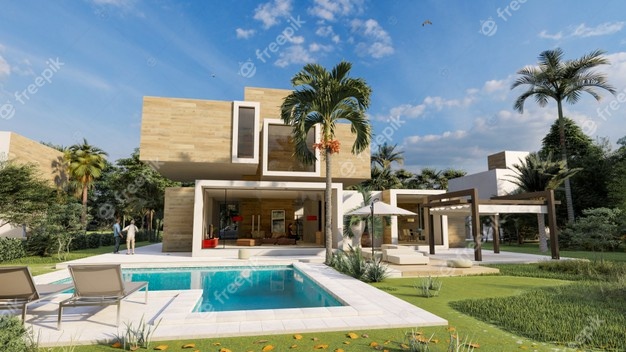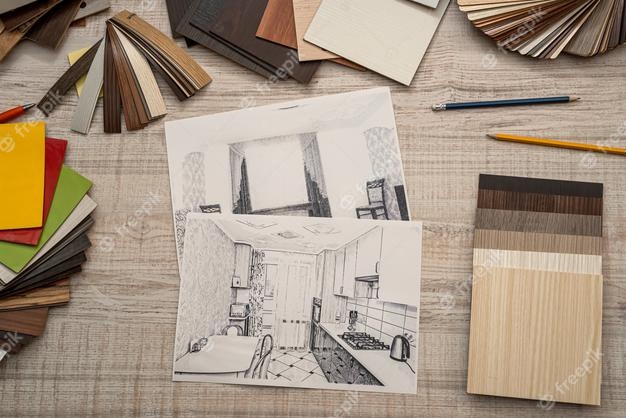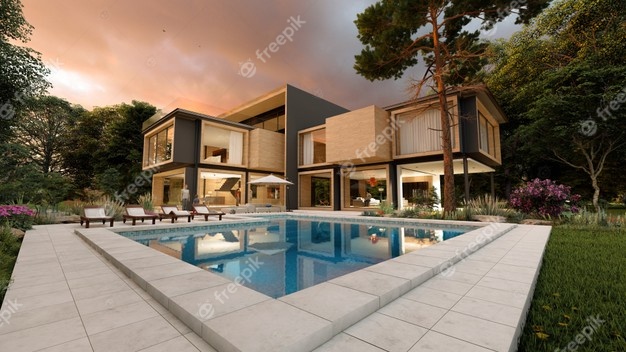Enquire Now
Submit your request and our design expert will get in touch with you.

Environmental Technology for Residential Structures:Architecture is in the details—and they matter and there is more to architecture than designing buildings!
When it comes to the latest trends in environmental technology for residential structures, there are numerous things that need to considered, including maximizing energy efficiency, providing increased air quality, and reducing your carbon footprint.
With the many ways humanity is destroying the planet, it can seem difficult to find hope for our future. But environmentalism is alive and well. We have all the information we need to fix this problem, but now we need to do something about it.
One of the most important things you can do as an individual has become more environmentally conscious. The first step is realizing that technology has made saving our planet easier than ever before.
Many people are now more aware of the environment and try to live in a way that minimizes their negative impact on the natural world. But it can be challenging to figure out where to start. One of the most obvious places in your home, as many homes lead to environmental degradation.
Landscaping has been a major focus of the green movement, but what about the structures we live in? It’s becoming more and more important for homebuilders to incorporate sustainable practices into their designs. Not only does this help us get closer to our goal of zero net energy usage, but it also protects our environment for generations to come.
There are many different ways to make your residential structure environmentally friendly. For example, solar panels can install on roofs to harness energy from the sun to reduce energy costs in the building. Other features like geothermal heating and cooling systems can also help lower utility bills and air pollution.
The latest trends in environmental technology for residential structures. In this article, we will explore some of the various technologies that are being utilized to create sustainable and eco-friendly housing.
From renewable energy systems to more efficient insulation, you’ll find out how new construction is being improved from the ground up.
When it comes to sustainable living there’s a lot on offer. With a wider range of green building materials and better construction methods, your home can be a place where you can live without having to compromise on style or energy consumption.
WHAT IS SUSTAINABLE LIVING?
Sustainable living means different things to different people. But essentially, it’s about minimizing our impact on the planet.
There are many reasons why sustainable living is important, but here are just a few:
– Reduce your environmental footprint
– Conserve natural resources
– Live in harmony with the environment
– Be an example for others

In this article, we’ll explore some of the various technologies that are being utilized to create sustainable and eco-friendly housing. From renewable energy systems to more efficient insulation, you’ll find out how new construction is being improved from the ground up.https://www.raghavaarchitects.com/architecture/
Renewable energy systems like solar panels and geothermal heating/cooling can help reduce your electric bill and make your home more environmentally friendly.
You can also use green building materials like bamboo, cork, and wool for insulation that has a low impact on the environment and is very durable. All of these methods work together to create a home that’s better for both you and the earth!
Sound insulation is a vital part of any home. Not only does it help to break up sound and limit outside noise, but it also helps to keep the heat in during the winter and out during the summer. But there are so many different types of insulation materials on offer, how do you know which ones will be best for your home?
The most commonly installed type is fibreglass insulation. Fiberglass made from glass fibers that heat to create a textile-like fabric. It can sprayed on or rolled into batts, depending on the project requirements. It’s an affordable insulation material that has good thermal properties.
Fiberglass is generally not considered an eco-friendly material because of the chemicals used during production. There are other options available if you’re looking for something more environmentally friendly like polyester fiber insulation, cellulose insulation or natural fiber insulations like cotton and wool.
Renewable energy systems are playing a major role in sustainable living. When you build with green materials, you’ll not only be creating an eco-friendly home but also reduce your carbon footprint.
There are many types of renewable power that can be functional in your home. This includes solar panels—a popular choice for residences because they’re cost-effective and efficient.
One of the challenges for solar panel installation is that it often requires a lot of space. If you’re looking for a more economical alternative to solar panels, consider installing a green roof instead.
If you want to go off the grid entirely but still have access to electricity, then there’s always wind power or geothermal heat pumps. These types of systems would require heavy investment upfront and may not be practical for some homeowners, but they do offer benefits like lower utility bills and tax credits.

Renewable energy is being used more and more in residential structures. This increase in usage has aided by the development of solar panels that are more efficient, have fewer moving parts, and are easier to install.
There are also a number of new materials that can used for sustainable construction that have developed over time. These materials are lighter, which means less shipping required to transport them. And they are made from recycled materials with less waste output.
One such material is bamboo. It’s an eco-friendly building material because it grows quickly with little water or pesticides needed to grow it. Plus, the bamboo plant’s rapid growth allows it to cut every three years without compromising its health! And with bamboo flooring, you don’t have to worry about using harsh chemicals on your floors either!
Another great environmentally friendly building material called aerated concrete blocks (ACB). They’re made from sand, gravel, water, and cement then processed under high pressure so they come out as large hollow blocks.
ACB blocks come out 50 per cent lighter than traditional concrete blocks! The cement used in ACB does not require any additives like steel fibres or plasticizers so there’s no need for any harmful substances during production!
Since the 1970s, the construction industry has been slowly moving towards more sustainable practices. In recent years, there have been major breakthroughs in green building technologies that are making it easier to build a home that is environmentally friendly.
Some of these new technologies include:
· Building with wood frames instead of steel ones
· Natural materials like straw and hemp in insulation
· Using renewable energy sources for power
· Creating a home that is air-tight to conserve energy
These newer green building techniques are making it possible to design a home that has all the benefits of traditional housing but without any of the negative impacts on the environment.
Sustainable housing is a commitment to environmental stewardship. It’s about building structures that won’t harm the environment, inside or out. Whether you are building a new home or renovating an old one, sustainable materials are an investment in the future of the planet.https://www.raghavaarchitects.com/contact-us/